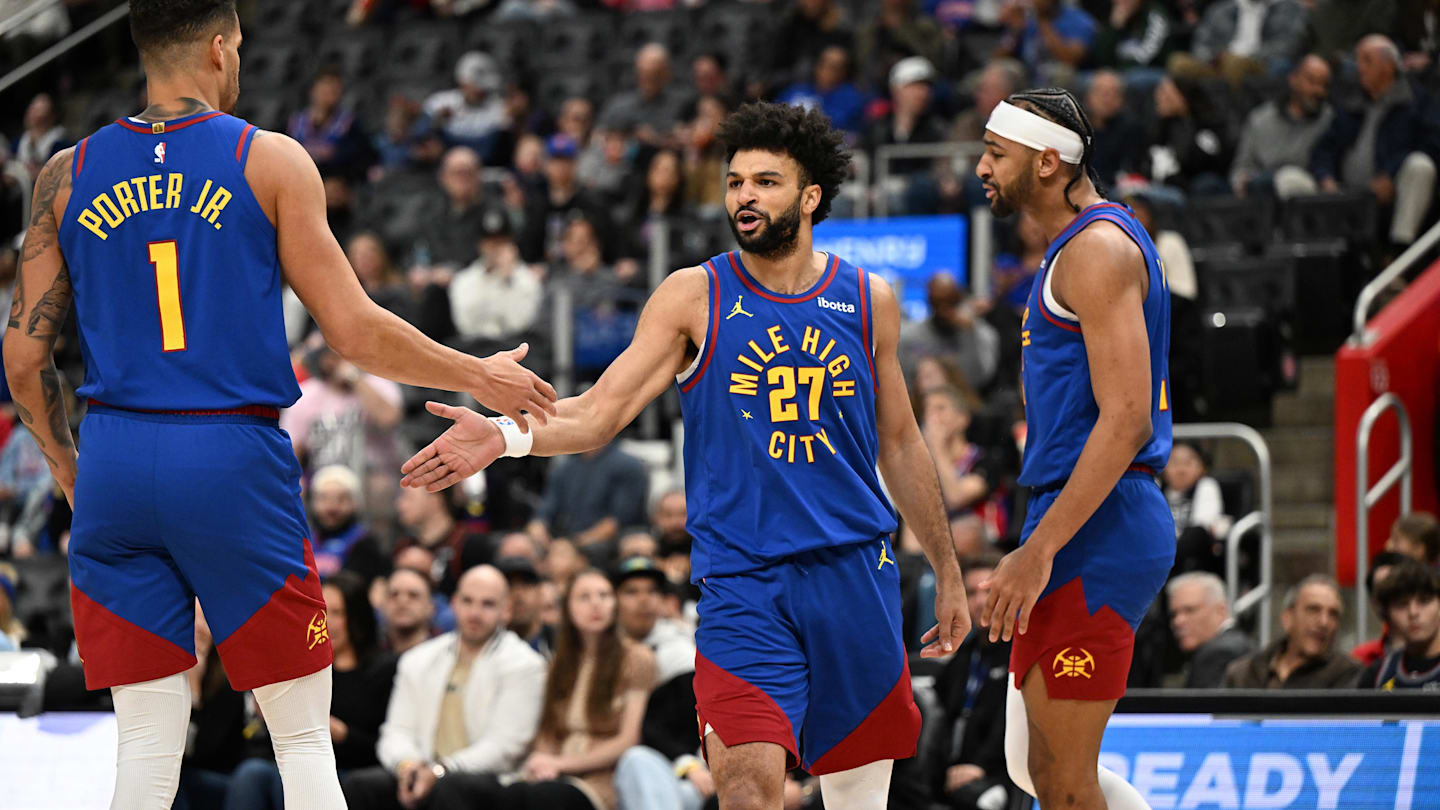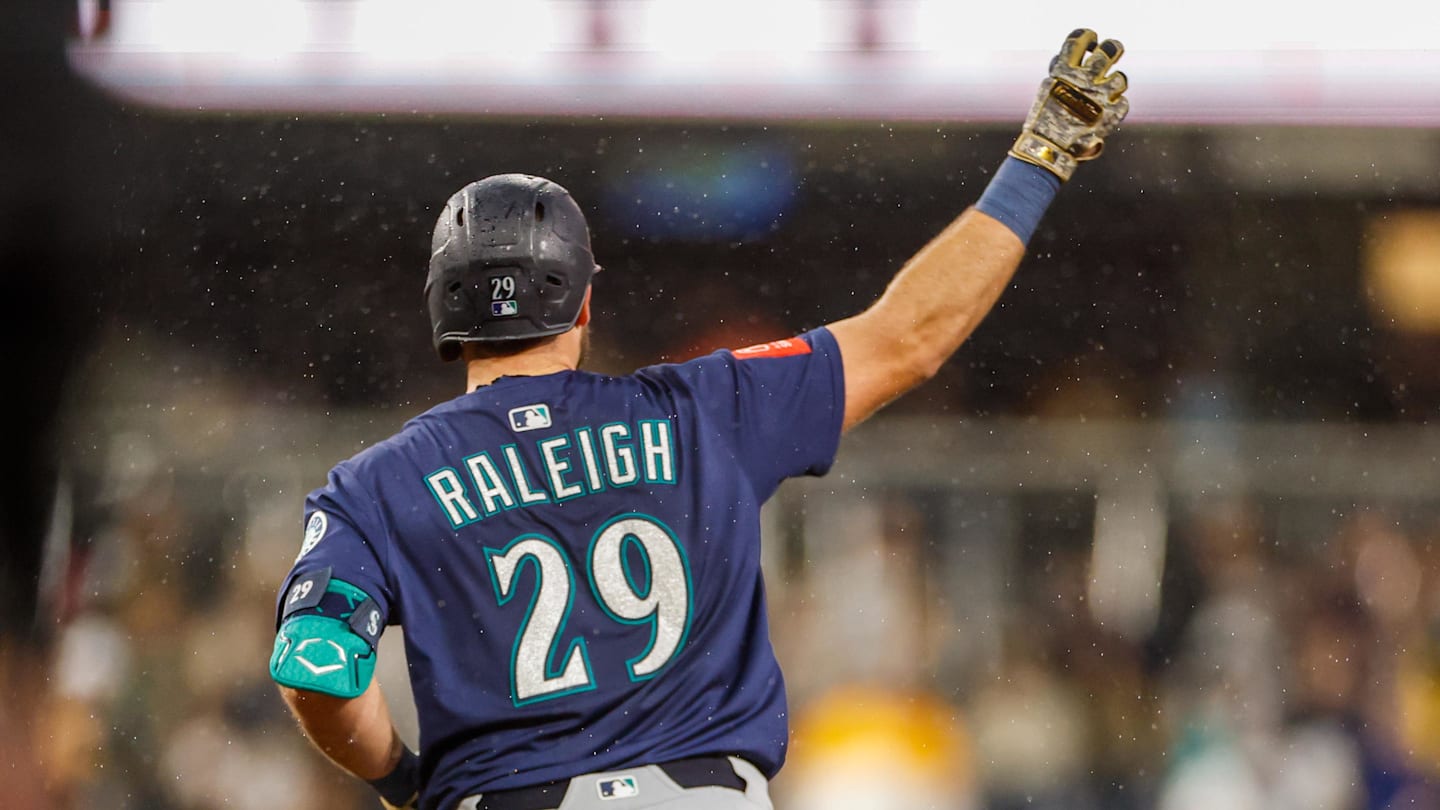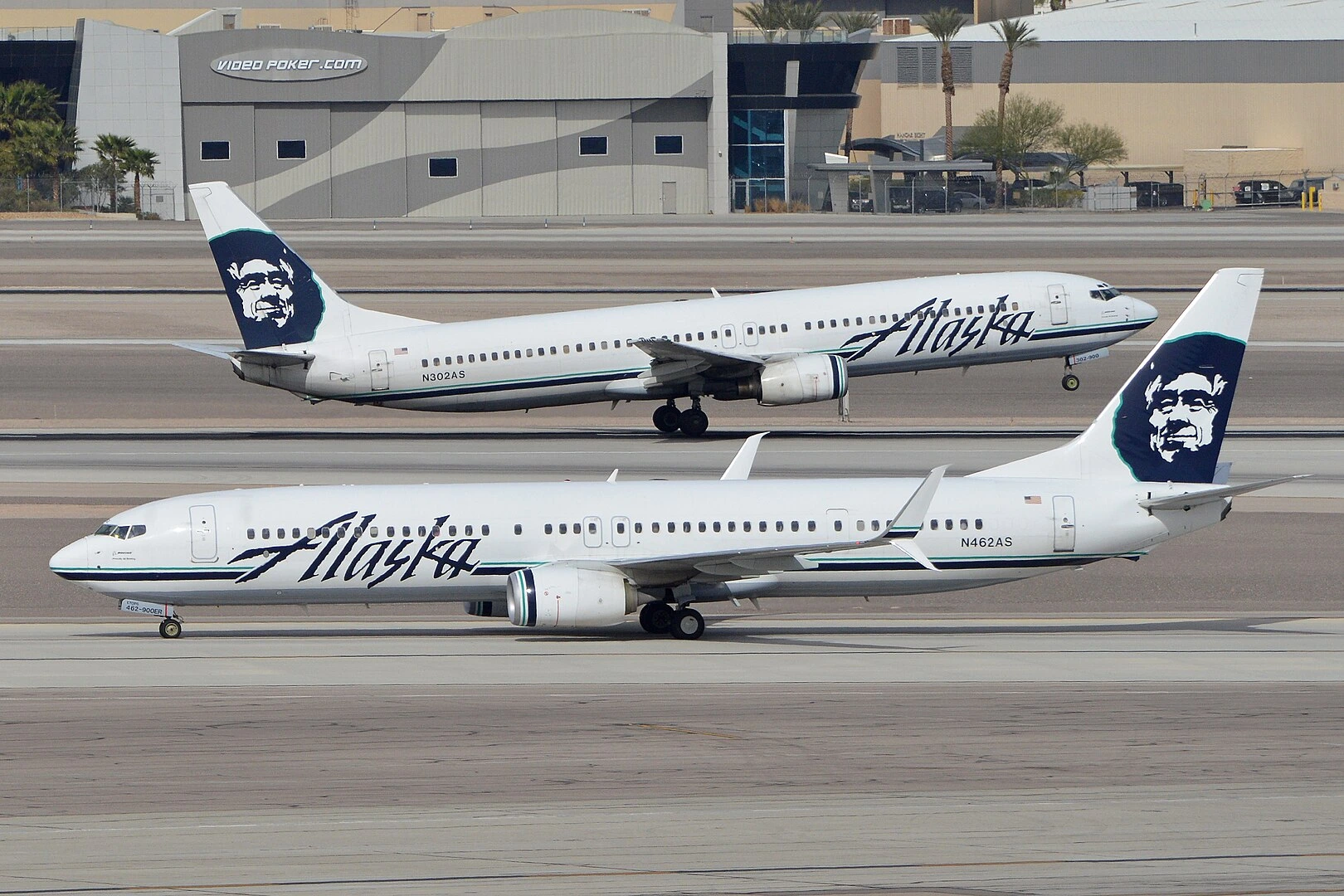Alaskans are known for bold and differing opinions, and the management of wildlife is often one of the more contentious subjects. One of those subjects is the use of predation control, one of the tools available under Alaska’s Intensive Management law. In conservation situations such as the Mulchatna caribou herd, the Alaska Department of Fish and Game and the Board of Game are required by law to consider intensive management, including predator reduction, when the population and harvest objectives are not being met. This spring, Fish and Game implemented an expanded intensive management plan, approved by the Board of Game, designed to reduce predation on the Mulchanta herd. The plan includes an approved operational plan in accordance with the Fish and Game Department’s intensive-management protocol.
Mulchatna caribou have long been a staple of the diet and culture of residents in the region, with around 50 communities within its range. The herd has declined in size from a peak of 200,000 animals in 1997 to just 12,000 in 2019. Due to low numbers, there is no harvestable surplus to support harvest, and hunting has been closed in recent years. The food security and subsistence practices of Alaskans who can’t simply drive to a supermarket or their favorite butcher shop is being severely impacted.
Caribou herds fluctuate naturally for numerous reasons, including habitat and its influence on nutrition and reproduction, diseases such as brucellosis, and predation, largely by bears and wolves — especially on newborns on the calving grounds. What’s alarming to wildlife managers is why the herd has failed to grow over the past 15 years, which is longer than typical following a period of decline. The body condition of adult females suggests potential nutritional stress. High birth rates, in contrast, indicate the potential for the herd to grow, but it hasn’t. The high numbers of caribou in the 1990s likely harmed range quality, which precipitated the original decline in the herd. After more than a decade-and-a-half of very low numbers of caribou over the herd’s very large range, the caribou’s habitat should have recovered adequately to allow the herd to grow again. However, disease impacts and predation on calves have been significant.
[State wildlife officials trying to revive Southwest Alaska caribou killed almost 100 brown bears in less than a month]
The Alaska Constitution clearly specifies that natural resources, such as fish and wildlife, are to be managed for the maximum benefit of the people for their common use. Unlike other factors associated with the herd’s initial decline in the late 1990s, such as habitat capability and disease where there are no technical solutions, predation control is an immediate tool the department can use to try and reverse the herds’ most recent decline by improving calf summer survival. Research presented to the Board of Game in January 2022 indicated that various predators, especially brown bears, were responsible for most newborn calf deaths in the first couple weeks of life between 2011 and 2021. Given this, the Board of Game, in January 2022, directed the department to carry out expanded predation control work.
Between May 10 and June 4, during the spring calving season, ADF&G staff spent 17 days following caribou and their predators. They saw bears following caribou trails, chasing caribou, and eating caribou calves. And the bears they killed typically had caribou in their stomachs. The number of bears taken was indicative of a significant predatory impact on the herd. This was a direct management action to remove bears to improve calf survival. It was not a hunt. The department used efficient methods to put the animals down quickly and humanely without undue suffering and transported edible meat to local villages for subsistence use.
Similar programs have been successful with the Southern Alaska Peninsula Caribou Herd. In 2008, the removal of 28 wolves from two packs during calving in the spring immediately improved calf survival. Calf survival increased from less than 1% in 2007 to 64% in 2008. Ten more wolves were removed over the next two years, after which the program was deactivated. It’s about finding the right balance.
There is no guarantee results will be the same for the Mulchatna herd. State wildlife biologists will monitor calf summer survival in the area and into fall to see if it increases as intended. The goal of the intensive-management law is for the Board of Game and the Department of Fish and Game to maximize the sustainable production of wild food to benefit Alaskans and the economy. This is especially important in rural Alaska.
Doug Vincent-Lang is the commissioner of the Alaska Department of Fish and Game.
The views expressed here are the writer’s and are not necessarily endorsed by the Anchorage Daily News, which welcomes a broad range of viewpoints. To submit a piece for consideration, email commentary(at)adn.com. Send submissions shorter than 200 words to letters@adn.com or click here to submit via any web browser. Read our full guidelines for letters and commentaries here.

:quality(70)/cloudfront-us-east-1.images.arcpublishing.com/adn/OIVLFZMOUVG33DNEQJO777DJIA.jpg)
































